Taste and Flavor characteristics of Coffee Bean varieties in Guatemala describe Historical Development Story Cooking parameters
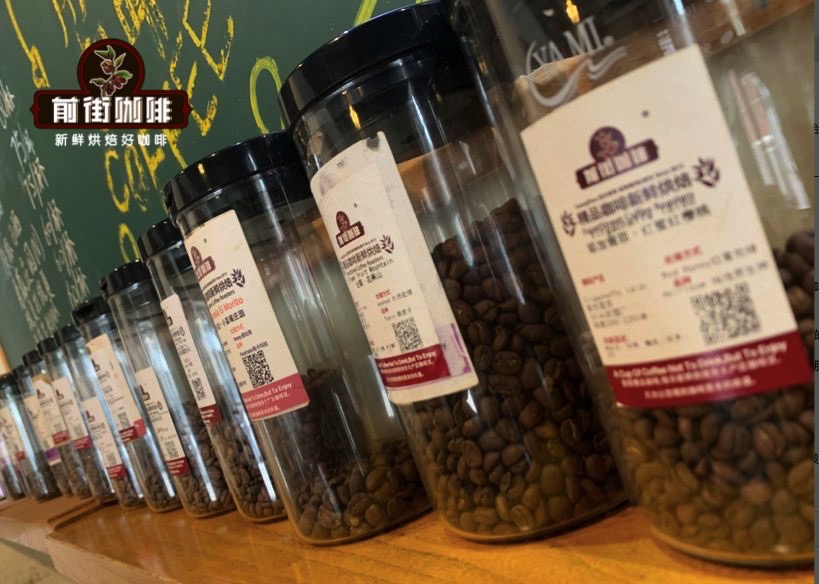
Professional coffee knowledge exchange more coffee bean information please follow the coffee workshop (Wechat official account cafe_style)
Guatemalan coffee beans are characterized by rich sour taste and smoky aftertaste. Qianjie's current rations bean series has a classic Guatemalan coffee-flavored bean. When it comes to Qianjie food beans, many friends will ask why they are called "rations beans" or sometimes the activity price is only 9.9 yuan, is it because of the poor quality of coffee beans?
Qianjie food beans are the "facade responsibility" of coffee beans in producing areas, because they are not only coffee beans with higher recognition of basic flavor, but also coffee beans with low price and high performance-to-price ratio.
When choosing a "rations bean" on the shelf, Qianjie coffee will select the beans most representative of the original local flavor in each major producing area, and introduce them to everyone with a taste price of 100g in the packaging. The significance of Qianjie food beans is that people can use low prices to identify the basic flavor of each major producing area, such as Yega's citric acid, Mantenin's herbal flavor, Brazil's Colombian nut chocolate flavor and so on.
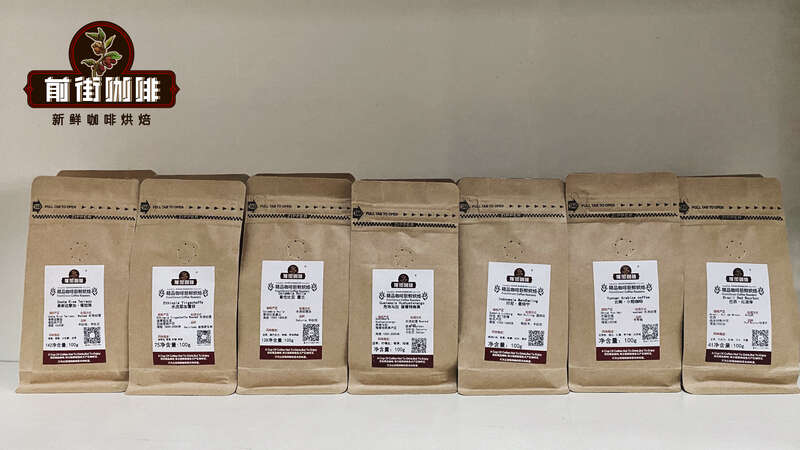
Guatemala has been growing coffee since around 1850. Before World War I, the Germans controlled as much as 80% of the country's production, most of which was exported to Germany. ANACAFE, Guatemala's official coffee farmers' association, divided the country into eight regions according to region and flavor in the 1990s, and registered trademarks to promote the origin. These include Antigua Antigua, Arcatel Acatenango, Vivette Nanguo Huehuetenango and Attilan Lake Atitl á n, where many award-winning farms are located. Common beans in Guatemala today include Typica, Bourbon, Caturra, Catua í, Pacas, Maragogype, Pacamara (a hybrid of the first two), Pache Comum (a local variety of Typica), and Gesha.
Guatemala has the best coffee growing environment in Central American countries, including the perfect combination of coffee growth height, fertile soil and coffee growing climate. The coffee produced in the Guatemala-Antigua region is the most famous, and when it comes to it, people think of the unique smoky taste and the sweetness of milk chocolate. The best quality Antigua coffee is Guatemala Antigua-Alpine volcanic beans produced on small farms in the volcanic area.
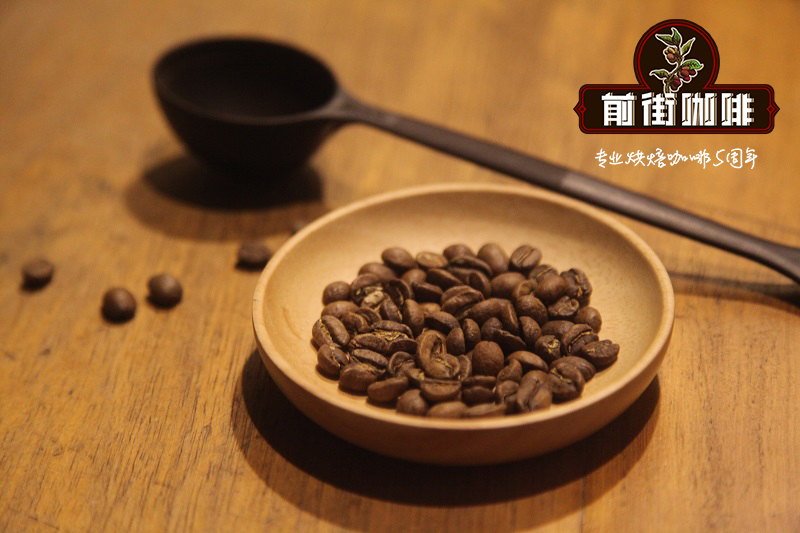
Guatemalan coffee grade
The higher the altitude, the higher the density of coffee beans and the higher the grade of raw coffee beans:
SHB (extremely hard beans): planted at 1500-1700 meters above sea level
HB (hard beans): planted at 1350-1500 meters above sea level
SH (slightly hard beans): planting is 1200-1350 meters above sea level
Extra Prime (extra high quality water washed beans): plant 1000-1200 meters above sea level
Prime (high quality water washed beans): planted at an altitude of 850m-1000 m
Good Washed (good quality washed beans): plant 700-850m above sea level.
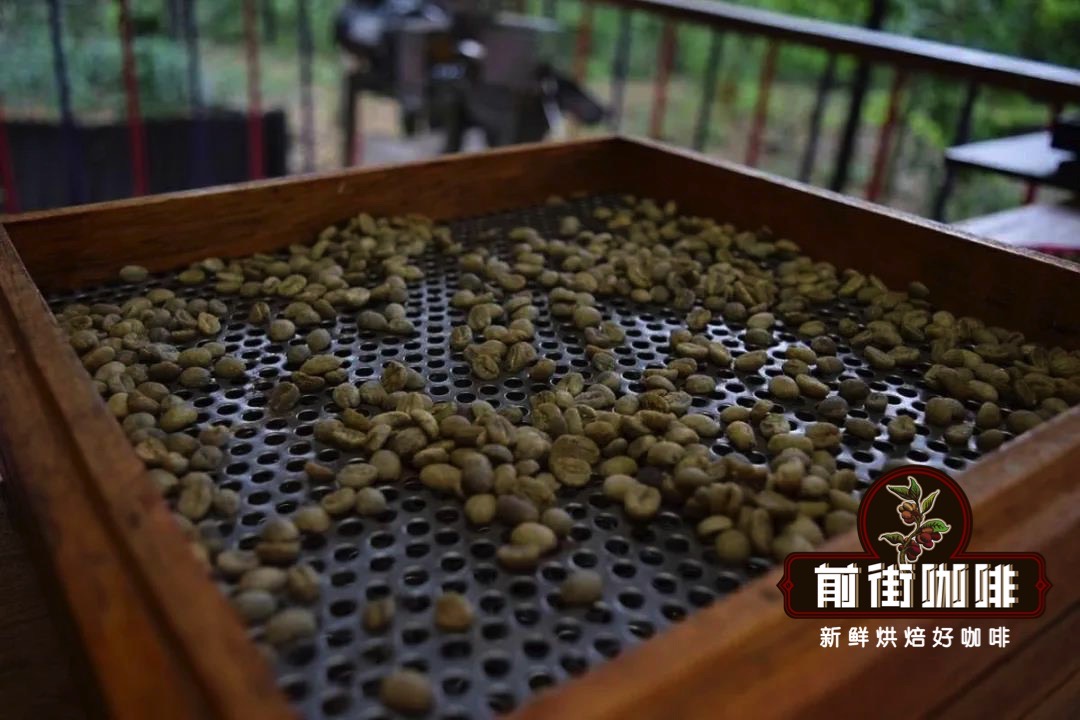
Guatemalan coffee treatment
The treatment in Guatemala is mainly water washing and a small amount of sun exposure. Qianjie coffee is often asked by guests, what's the difference between washing and sunbathing, even coffee beans from the same manor in the same producing area are washed and sunburned separately. In fact, friends who often buy Qianjie coffee rations beans will find that most Qianjie coffee rations beans are treated with water, because the water washing method can present the basic flavor of a producing area, and it is also the beginning of the understanding of the flavor of the producing area. The rule of sun treatment is to add sweet aroma and fermented feeling to this basic flavor.
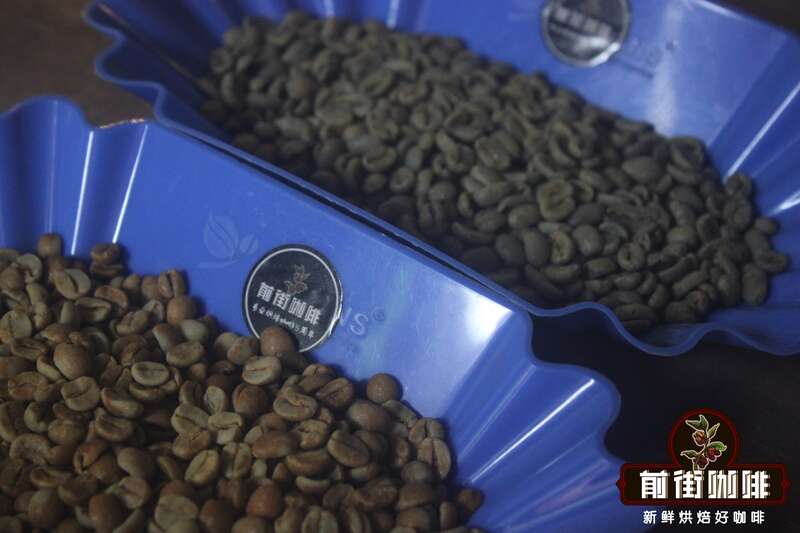
1. Harvest. After ripe coffee fruit, first pick out impurities and inferior beans and screen floating beans, so far they are all the same as the sun method.
two。 Remove the flesh. The fresh fruit is sent to the pulp screening machine (pulping machine) to remove the peel and pulp, and the immature fruit will be screened at this stage because it is not easy to separate the pulp. After the pulp screening machine, all that is left is pectin, sheepskin and seeds.
3. Ferment and remove pectin. Transfer the peeled seeds with pectin into the fermentation tank. Although the name is water washing, it does not really wash away the pectin, but through the fermentation process, the pectin is removed by biodecomposition. The fermentation process is about 16-36 hours, during which the pectin must be stirred frequently to accelerate the separation of pectin from the seeds. Water washing fermentation produces acid substances such as citric acid, malic acid and acetic acid, which seep into raw beans, making the beans sour more sour than in the sun. After the fermentation is completed, it is really washed-- wash the beans again.
4. Dry. After washing, you also need to be insolated or machine-dried to reduce the water content to 12%. Washing method because the flesh has been removed, so in the drying process, do not have to worry about easy mildew like the sun method. Dried sheepskin raw beans, which are not as hard as the sun-cured peels with pulp, can be obtained by hulling.
Guatemalan coffee producing area
Guatemala has a total of eight major producing areas, divided into five volcanic producing areas and three non-volcanic producing areas. Five major volcanic areas: Antigua (Antigua), Arcatel Nanguo (Acatenango), Lake Attilan (Atitlan), Mount San Marco (Volcanic San Marcos), Farahan Plateau (Fraijanes). Three major non-volcanic producing areas: Vivette Nanguo (Huehuetenango), Koban (Coban), and New Oriental (New Oriente).
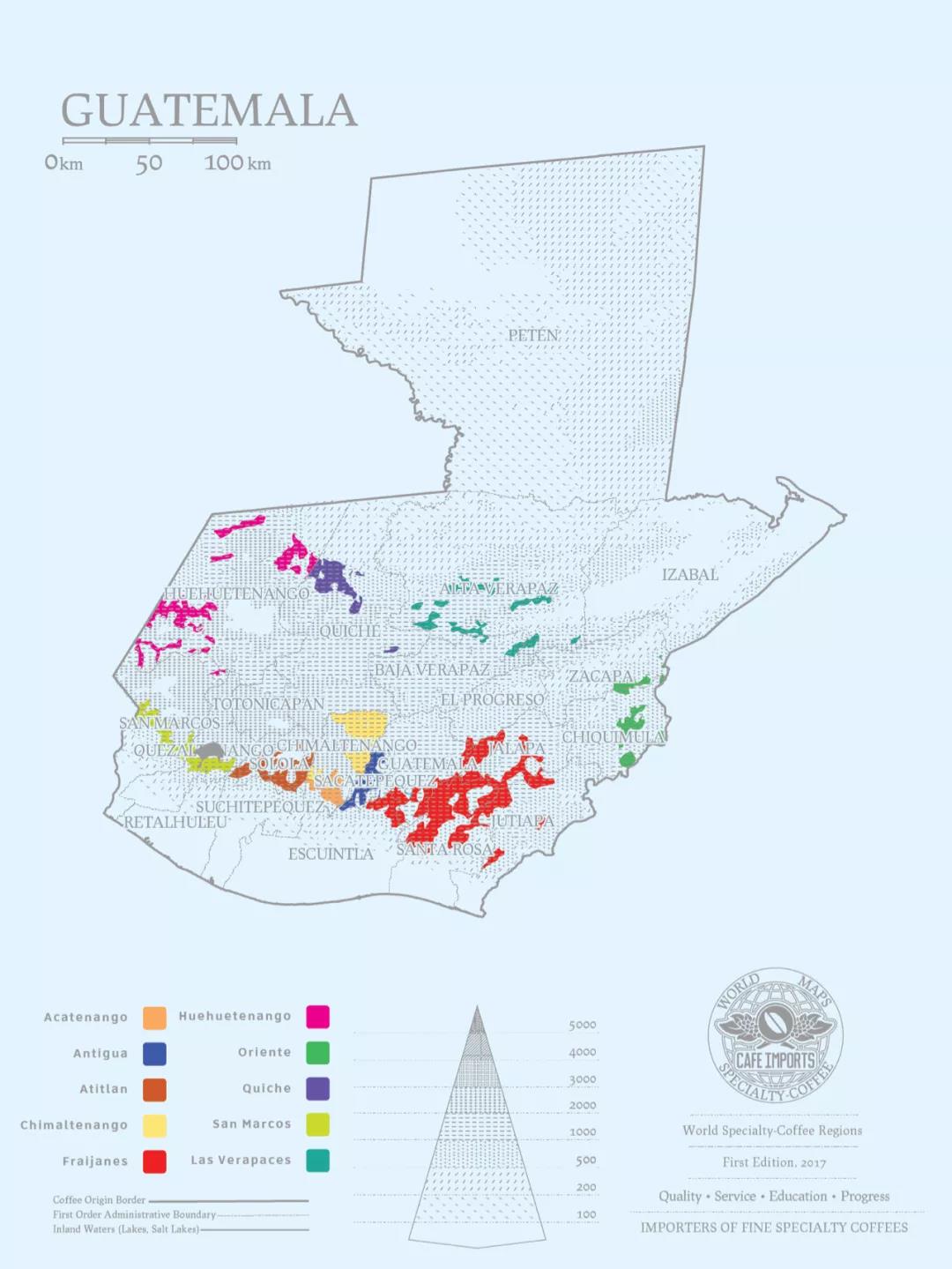
The central highlands of Guatemala, the Antigua-producing region, has a subtropical monsoon climate, abundant rainfall, fertile volcanic soil, ample sunshine, a wide temperature difference between day and night, bright acidity and a great sense of balance, making Antigua a famous coffee producing area in Guatemala.
Antigua is one of the most famous coffee producing areas in Guatemala, with the highest frequency of winning awards and being called "classic". The producing area is surrounded by three volcanoes: Agua, Fuego and Acatenango. Fuego is one of the three most active volcanoes in Guatemala. Due to the frequent occurrence of local volcanoes, volcanic pumice can maintain moisture and provide a continuous stream of volcanic ash and minerals for the soil of the region, making up for the lack of rainfall in Antigua.
Coffee beans in Antigua producing area
Front Street Raminita Flower God of Guatemala
Producing area: Antigua
Trader: La Minita
Altitude: 1200-1600m
Varieties: bourbon, Kaddura
Treatment: washing treatment
Grade: SHB
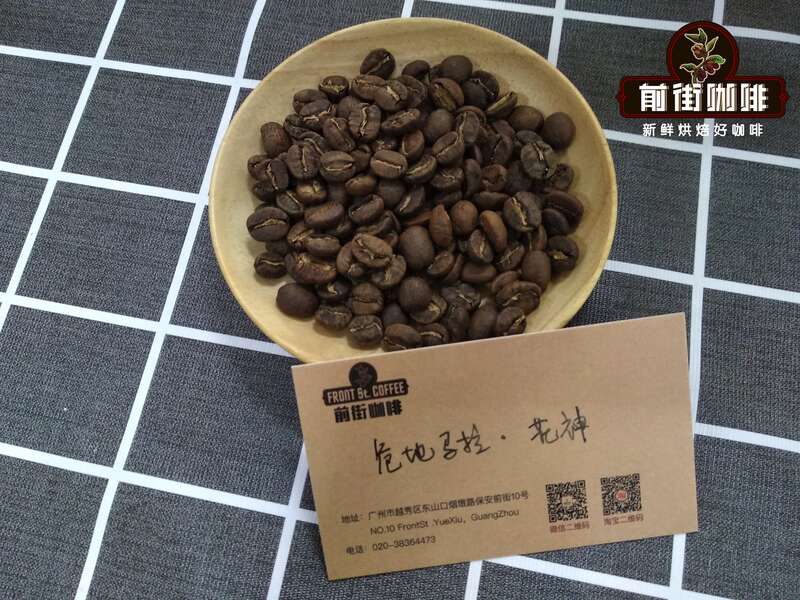
La Minita is a trader who founded his own coffee brand "La Flor del Cafe" in Guatemala, which means "Coffee Flower" and translated into Chinese as "Flower God".
The varieties of Qianjie Huasheng coffee are bourbon and Kaddura. Bourbon is a natural variety of iron pickup, juxtaposed with iron pickup as an ancient variety of good quality, beans are slightly smaller and round than tin pickup. Kaddura is a natural variety of bourbon with fresh lemon and citrus acidity on the palate and slightly less sweetness than iron pickup and bourbon.
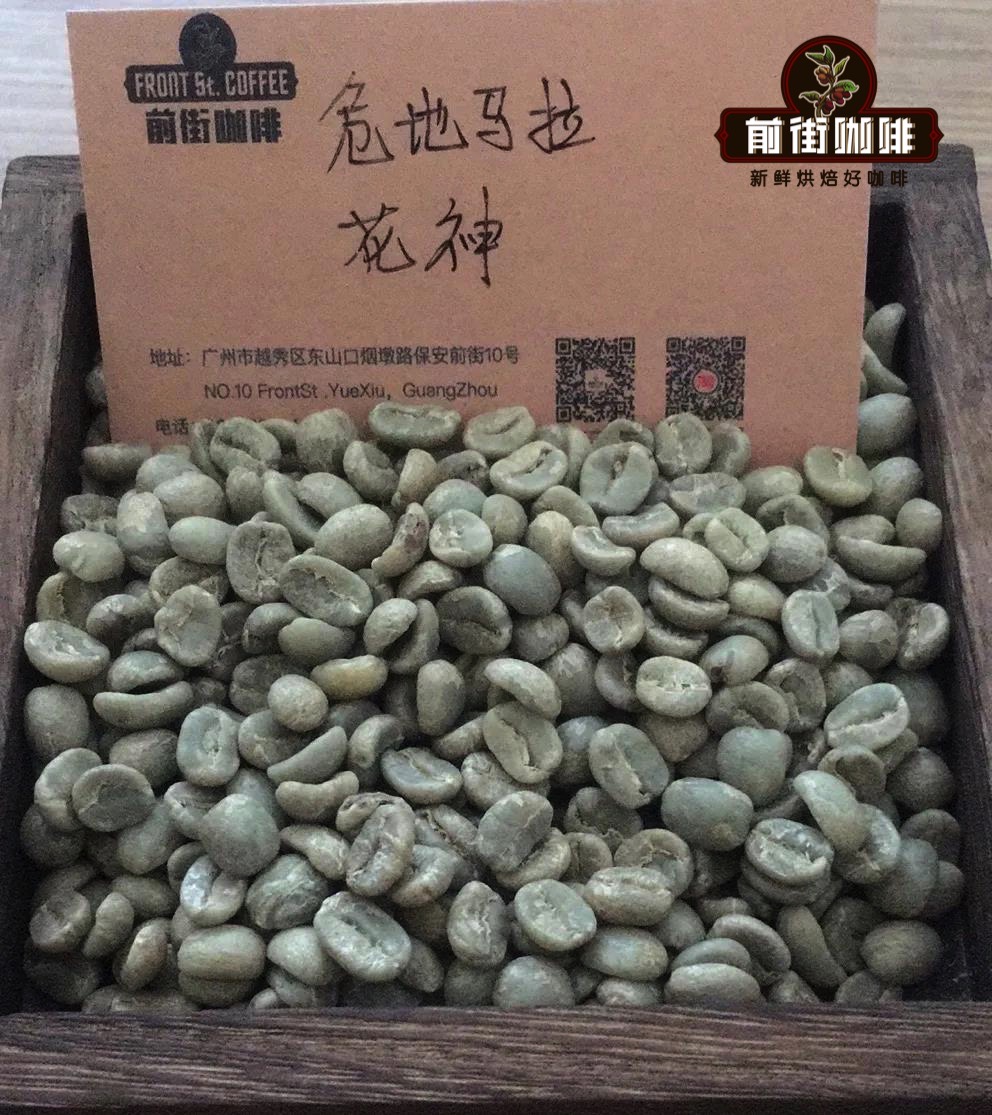
Qianjie uses the method of shallow baking to bake this Guatemalan coffee bean. In order to highlight its rich fruit juice taste, many parameter adjustments and cup tests have been carried out before and after.
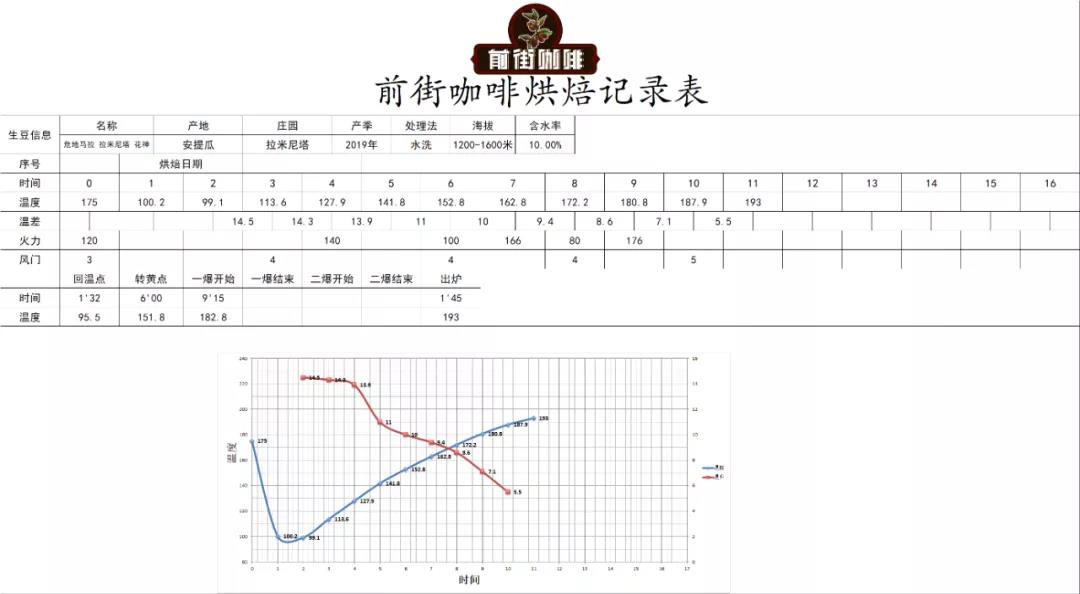
Cooking parameters
Coffee powder quantity
15 grams
Proportion
1:15
Water temperature
90 ℃
Grinding degree
0.85mm screen pass rate 80%
Filter cup
Hario v60 # 01 filter cup
Cooking process
The first stage of water injection
30 grams of water steamed for 30 seconds
Second stage water injection
The injection of 95 grams of water (125 grams indicated by the electronic scale) will be completed by about 1 minute.
The third stage of water injection
100 grams of water (225 grams indicated by the electronic scale) will be injected in about 1 minute and 40 seconds.
Extraction time
1 minute 54 seconds, remove the filter cup to finish the cooking
Flavor description
Sour berries, citrus, light chocolate, rich layers and smooth taste
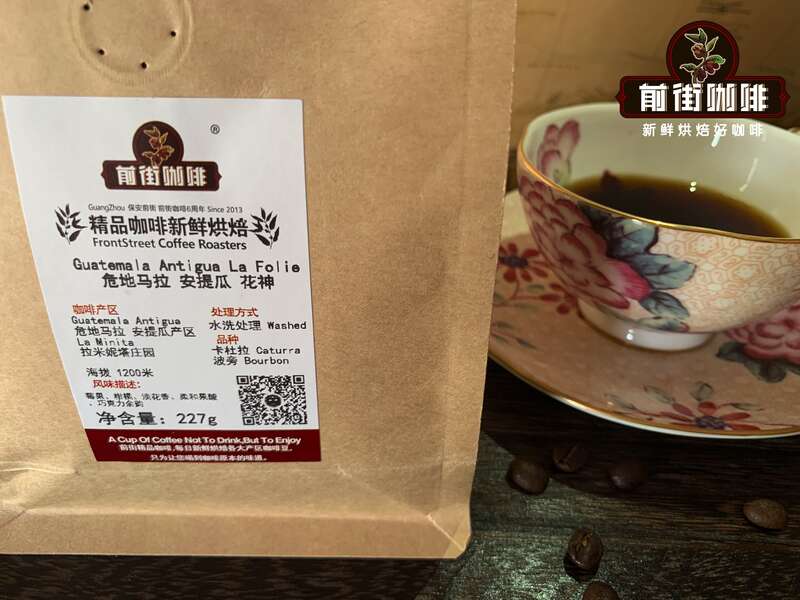
Front street Guatemala Antigua Santa Clara
Producing area: Antigua
Manor: Santa Clara Manor
Altitude: 1500 to 1700 m
Variety: bourbon
Treatment: washing treatment
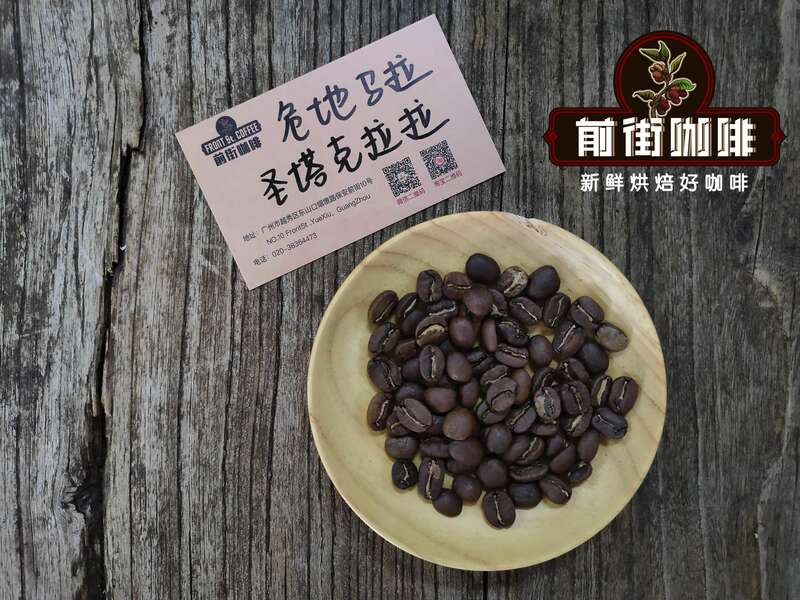
The Zelaya family has grown coffee for more than 100 years and has grown coffee for four generations. Santa Clara Manor is one of the coffee farms it owns and operates.
Santa Clara covers an area of 90 hectares and is located on the fertile southern slope of the Agua River in the Antigua Valley more than 1500 meters above sea level. The estate has been managed by Ricardo Zelaya (Ricardo Zelaya) since 1988, and he is also the fourth-generation member of the Zelaya family to grow coffee at Santa Clara.
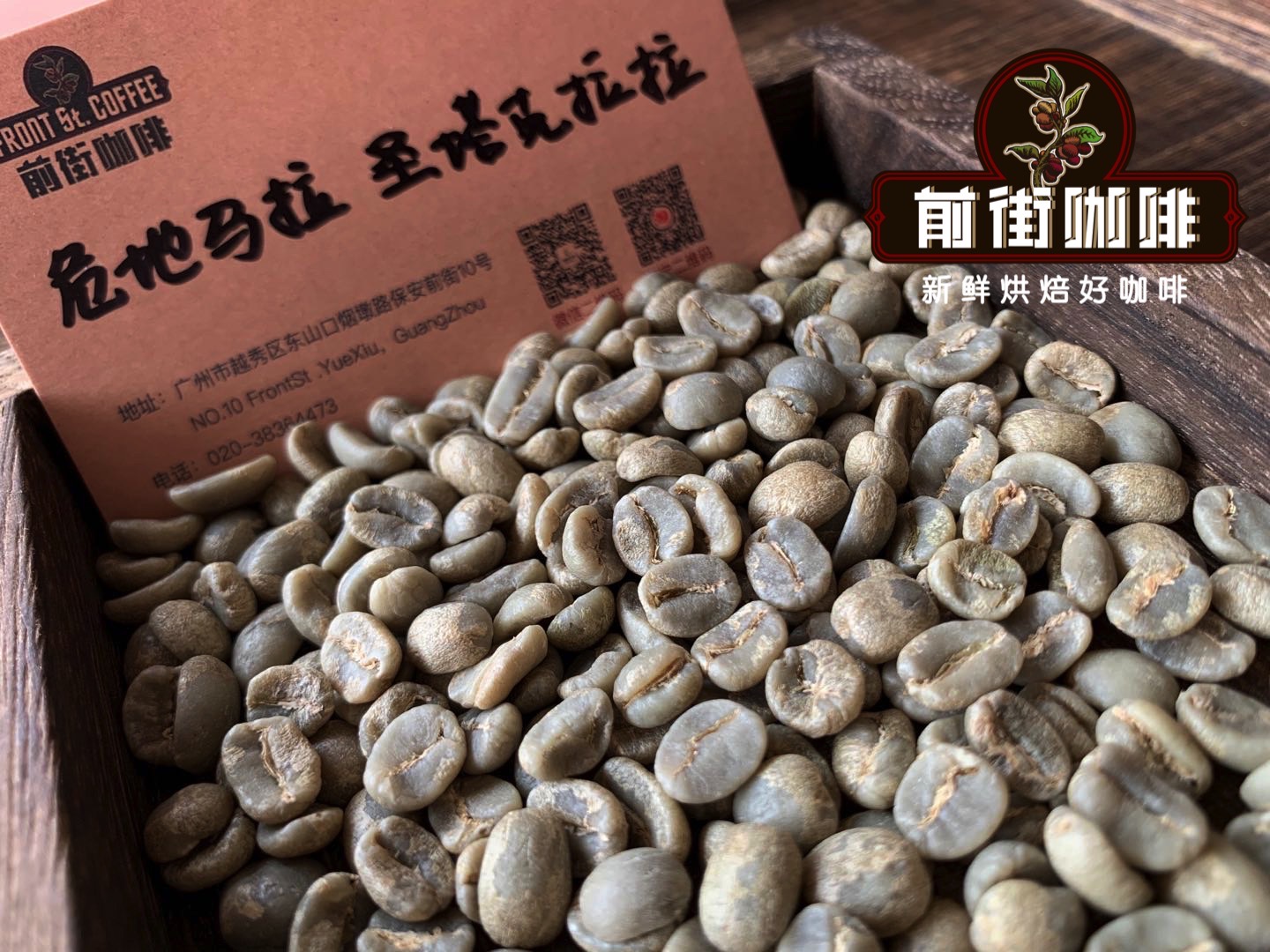
Qianjie uses medium roasting to bake this Guatemalan coffee bean, which is different from Huasheng coffee bean. Qianjie baked three curves in advance, and found that although the shallow baking degree can show the acidity of the bean, but the overall flavor is relatively thin, the taste is not good, but a deeper baking degree, can show a good sense of hierarchy.
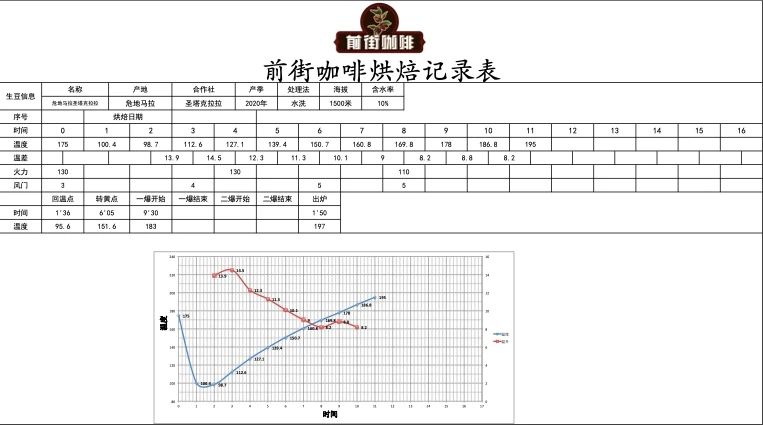
Cooking parameters
Coffee powder quantity
15 grams
Proportion
1:15
Water temperature
90 ℃
Grinding degree
0.85mm screen pass rate 80%
Filter cup
Hario v60 # 01 filter cup
Cooking process
The first stage of water injection
30 grams of water steamed for 30 seconds
Second stage water injection
The injection of 95 grams of water (125 grams indicated by the electronic scale) will be completed by about 1 minute.
The third stage of water injection
100 grams of water (225 grams indicated by the electronic scale) will be injected in about 1 minute and 40 seconds.
Extraction time
1 minute 54 seconds, remove the filter cup to finish the cooking
Flavor description
Berries, reminiscent of blackberries, followed by citrus, orange peel, nuts, black tea
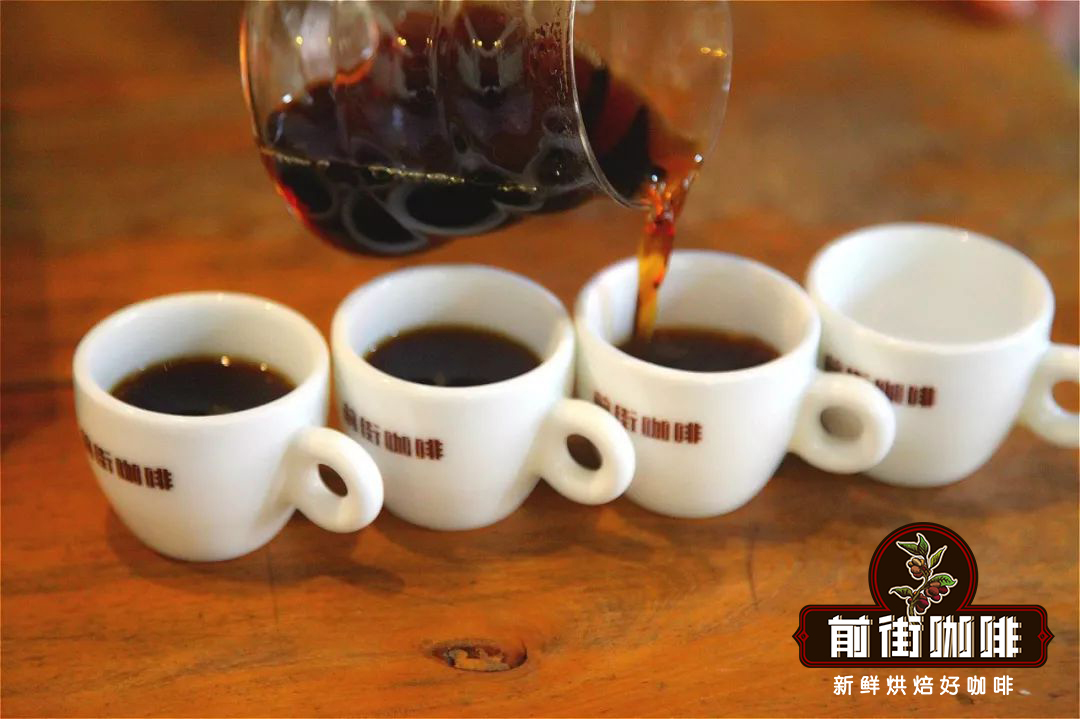
For more boutique coffee beans, please add private Qianjie coffee on Wechat. WeChat account: kaixinguoguo0925
Important Notice :
前街咖啡 FrontStreet Coffee has moved to new addredd:
FrontStreet Coffee Address: 315,Donghua East Road,GuangZhou
Tel:020 38364473
- Prev
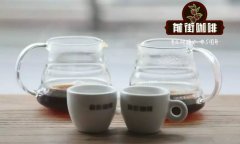
Starbucks Ethiopia Kayon Kayong Mountain Coffee introduction Ethiopia Guji Coffee introduction
Professional coffee knowledge exchange more coffee bean information please follow the coffee workshop (Wechat official account cafe_style) kayon translation is the meaning of the goal, this is a beautiful spell made by the farm owner to take care of and handle the coffee with heart and love. Workers on the farm use large-scale pruning, and unlike the average coffee farmer, they use half of the
- Next
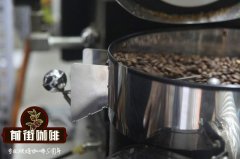
Introduction of Honduran Coffee by Best of Honduras Late Harvest
Professional coffee knowledge exchange more coffee bean information please follow the coffee workshop (Wechat official account cafe_style) Acer coffee accounts for 30% of the total agricultural GDPA and 4% of the national GDP. Between 2016 and 2017, Honduras exported about 437,000 metric tons of coffee and earned foreign exchange of US $70 to US $1.4 billion, making it one of the most important coffee producing countries in the world.
Related
- Does Rose Summer choose Blue, Green or Red? Detailed explanation of Rose Summer Coffee plots and Classification in Panamanian Jade Manor
- What is the difference between the origin, producing area, processing plant, cooperative and manor of coffee beans?
- How fine does the espresso powder fit? how to grind the espresso?
- Sca coffee roasting degree color card coffee roasting degree 8 roasting color values what do you mean?
- The practice of lattes: how to make lattes at home
- Introduction to Indonesian Fine Coffee beans-- Java Coffee producing area of Indonesian Arabica Coffee
- How much will the flavor of light and medium roasted rose summer be expressed? What baking level is rose summer suitable for?
- Introduction to the characteristics of washing, sun-drying or wet-planing coffee commonly used in Mantenin, Indonesia
- Price characteristics of Arabica Coffee Bean Starbucks introduction to Manning Coffee Bean Taste producing area Variety Manor
- What is the authentic Yega flavor? What are the flavor characteristics of the really excellent Yejasuffi coffee beans?

